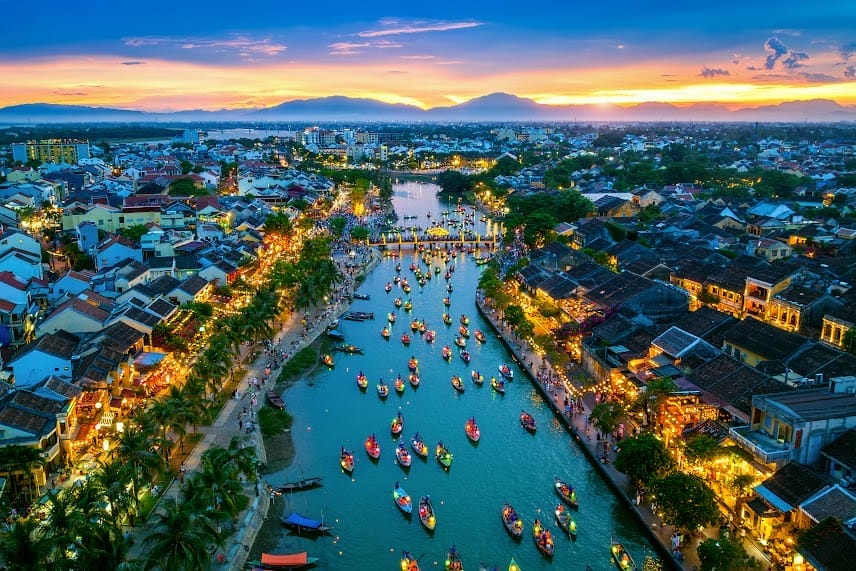The Vietnamese Demilitarized Zone was established as a dividing line between North and South Vietnam as a result of the First Indochina War. During the Second Indochina War (popularly known as the Vietnam War), it became important as the battleground demarcation separating North Vietnamese territory from South Vietnamese territory. The DMZ ran east-west near the center of present-day Vietnam (spanning more than hundred kilometres) and was a couple of kilometres wide. It reached across into a beach on the east. An island nearby was controlled by North Vietnamese forces during the Vietnam War. The First Indochina War (also called the French Indochina War) was fought in Southeast Asia from 1946 through 1954 between the nation of France and the resistance movement led by Ho Chi Minh, called the Viet Minh. The Viet Minh, seasoned by combat against occupying Japanese soldiers during the Second World War, launched a rebellion against the French authority governing the colony of Indochina. After seven years of bloody conflict, the French made their last stand at ?ien Bien Phu, where they were engaged by the forces of General Võ Nguyên Giáp. But contemporary military tactics were unable to defeat successive human wave attacks and the subsequent siege of the base; the French were defeated with devastating losses. The war in Indochina was not very popular with the French public, but the political stagnation of the Fourth Republic (following WWII German occupation) resulted in ongoing prosecution of the war. The United States supported France in the war politically and financially. The Geneva Conference on July 21, 1954 recognized the 17th parallel as a “provisional military demarcation line” temporarily dividing the country into two states, Communist North Vietnam and pro-Western South Vietnam. The Geneva Accords promised elections in 1956 to determine a national government for a united Vietnam. However only France and the North Vietnamese government (DRV) signed the document. The U.S. and the government in Saigon refused to abide by the agreement, believing that the election would result in an easy victory for Ho Chi Minh. Emperor Bao ??i from his home in France appointed Ngo ?inh Diem as Prime Minister of South Vietnam. With American support, in 1955 Diem used a referendum to remove the former Emperor and declare himself as president of the Republic of Vietnam. Thus the competition for the whole of Vietnam began; Diem’s military was unable to prevail in the civil war which escalated, as a result of international intervention, into the Vietnam War, which is also referred to as the Second Indochina War.
You May Also Like
What Traditional Festivals Occur in Vietnam During Spring?
Discover the vibrant traditional festivals in Vietnam during spring, explore the best places to visit, and plan your spring holiday…
Top Travel Routes During Tet in Vietnam | Best Tet Holiday Destinations
The top travel routes to explore during the Tet holiday in Vietnam. Experience the vibrant Lunar New Year celebrations with…
Best Ways to Travel During Tet in Vietnam
The best ways to travel during Tet, Vietnam’s Lunar New Year. Learn about transportation options, cultural experiences, and essential travel…
Must-See Local Events During Tet: Experience the Magic of Lunar New Year in Vietnam
Discover the must-see local events during Tet holiday in Vietnam. From vibrant parades to cultural festivals, explore the highlights of…
Must-Visit Tet Destinations in Vietnam
Here are must-visit Tet destinations in Vietnam for an unforgettable Lunar New Year experience. Explore top cities, festivals, and cultural…
What Are the Top Tet Festivals to Experience in Vietnam During the Lunar New Year?
The top Tet festivals in Vietnam during the Tet holiday. Explore traditional events, festivals, and celebrations, including insights into travelling…






